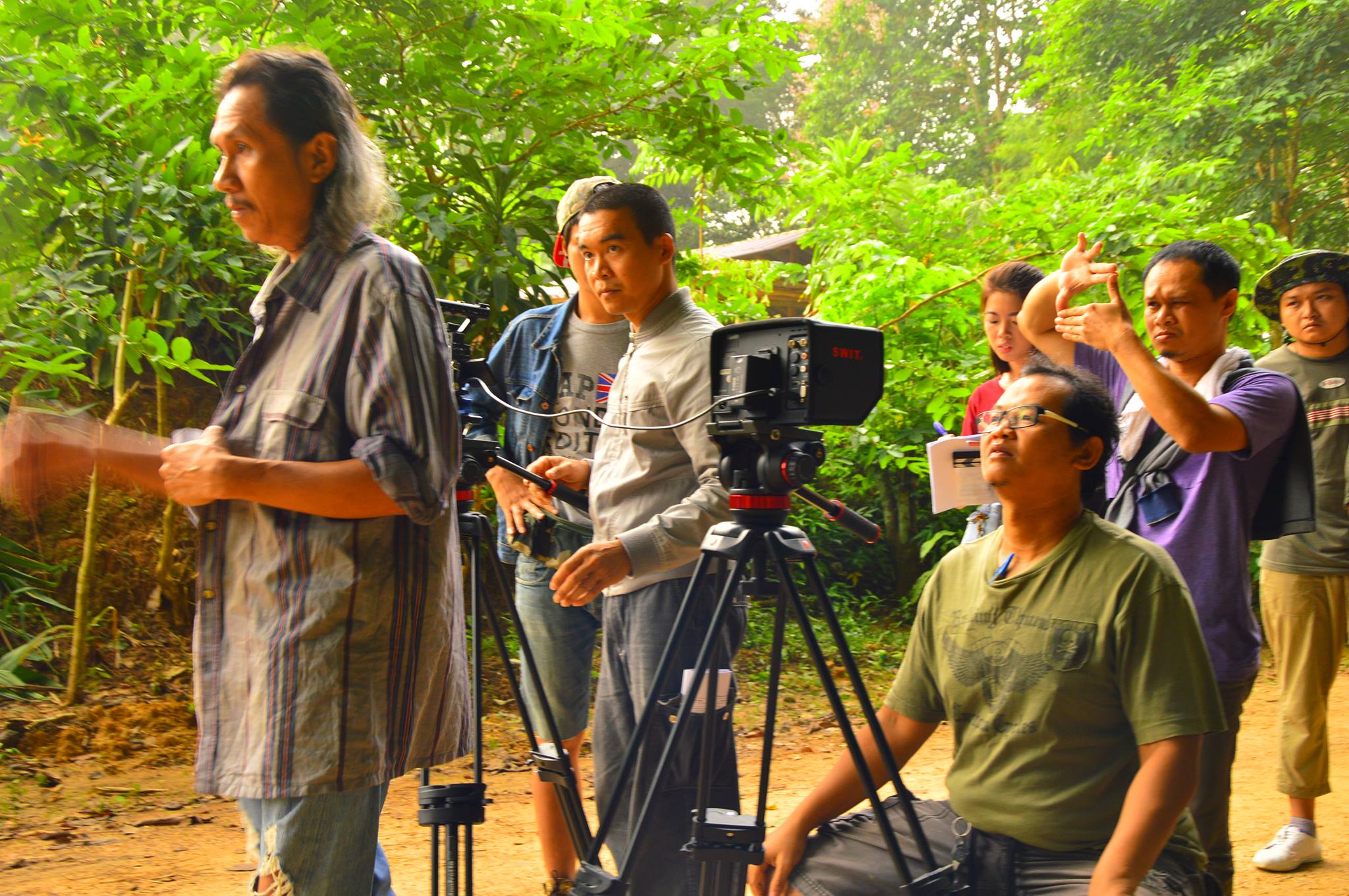A cop meets Thich Nhat Hanh
I became serious about developing a consistent mindfulness practice when I attended my first retreat with Thich Nhat Hanh (known affectionately as “Thay”), in 1991, seven years into my twenty-year police career.
Dharma companions is a blog focusing on Dharma activities, information dissemination and bringing awareness to the multifaceted aspects of Buddhism for the community from Shah Alam Buddhist Society (SABS). Postings should be of interest to Buddhist and anyone who seeks information on Buddhism. As the title suggest, we also aim to be a companion to those who seeks our company in this path that we undertake. May you be well, happy and peaceful.


There are four places, Ananda, that a pious person should visit and look upon with feelings of reverence. What are the four? ‘Here the Tathagata [the one who has gone beyond all transitory phenomena] was born.’ ‘Here the Tathagata became fully enlightened.’ ‘Here the Tathagata set in motion the wheel of the dhamma.’ ‘Here the Tathagata passed away into the state of nibbana in which no element of clinging remains!’ And the monk, the nun, the layman or laywoman who has faith should visit these places. And whoever, Ananda, should die on such a pilgrimage with his heart established in faith, at the breaking up of the body after death will be reborn in a realm of heavenly happiness. (Digha Nikaya 16.5)
by Peter K, The Buddhist Channel, June 20, 2016 |


by Mai Yoshikawa, Japan Times, Jun 29, 2016
Tokyo, Japan -- Setting aside time for solitude can be a healthy habit, and doing it in a spiritual atmosphere can be even healthier.
 << On the job: Buddhist monk Shoukei Matsumoto is seen after a full day's work at Komyoji Temple in Tokyo. Matsumoto, 36, has initiated various projects in order to rebuild the lost temple community in Japan. << On the job: Buddhist monk Shoukei Matsumoto is seen after a full day's work at Komyoji Temple in Tokyo. Matsumoto, 36, has initiated various projects in order to rebuild the lost temple community in Japan.Many office workers in Tokyo’s Kamiyacho area, a business district between Roppongi and Toranomon, have benefited from the quiet space in Komyoji Temple that Buddhist monk Shoukei Matsumoto has made available for public use on weekdays. As the director of a nonprofit organization called Otera no Mirai (Japan Fellowship of Buddhists), Matsumoto has initiated various projects in order to rebuild the lost temple community in Japan and attract more visitors to the religious site. |

 From left to right: Yasaka Chaisorn (actor), Uruphong Raksasat (cinematographer) and Boonsong Nakphoo (director). Photo: Boonsong Nakphoo / Courtesy
From left to right: Yasaka Chaisorn (actor), Uruphong Raksasat (cinematographer) and Boonsong Nakphoo (director). Photo: Boonsong Nakphoo / Courtesy
By Sajitha Prematunge, The Nation, June 18, 2016 << Ven. Bhaddiya Thera << Ven. Bhaddiya TheraThe Agreement intends to prevent increase in global temperature of more than 2 degrees Celsius, requiring countries to set their own national targets beginning in 2020. Another key objective of the agreement is for rich countries to help poorer nations by providing ‘climate finance’ to adapt to climate change and switch to renewable energy. Despite so many years debating about poverty eradication through equality and equity and combating climate change through women empowerment, poverty is still very much a real pressing problem and women are still subjugated in some states. |
 The Jade Buddha Temple in Shanghai.
The Jade Buddha Temple in Shanghai.